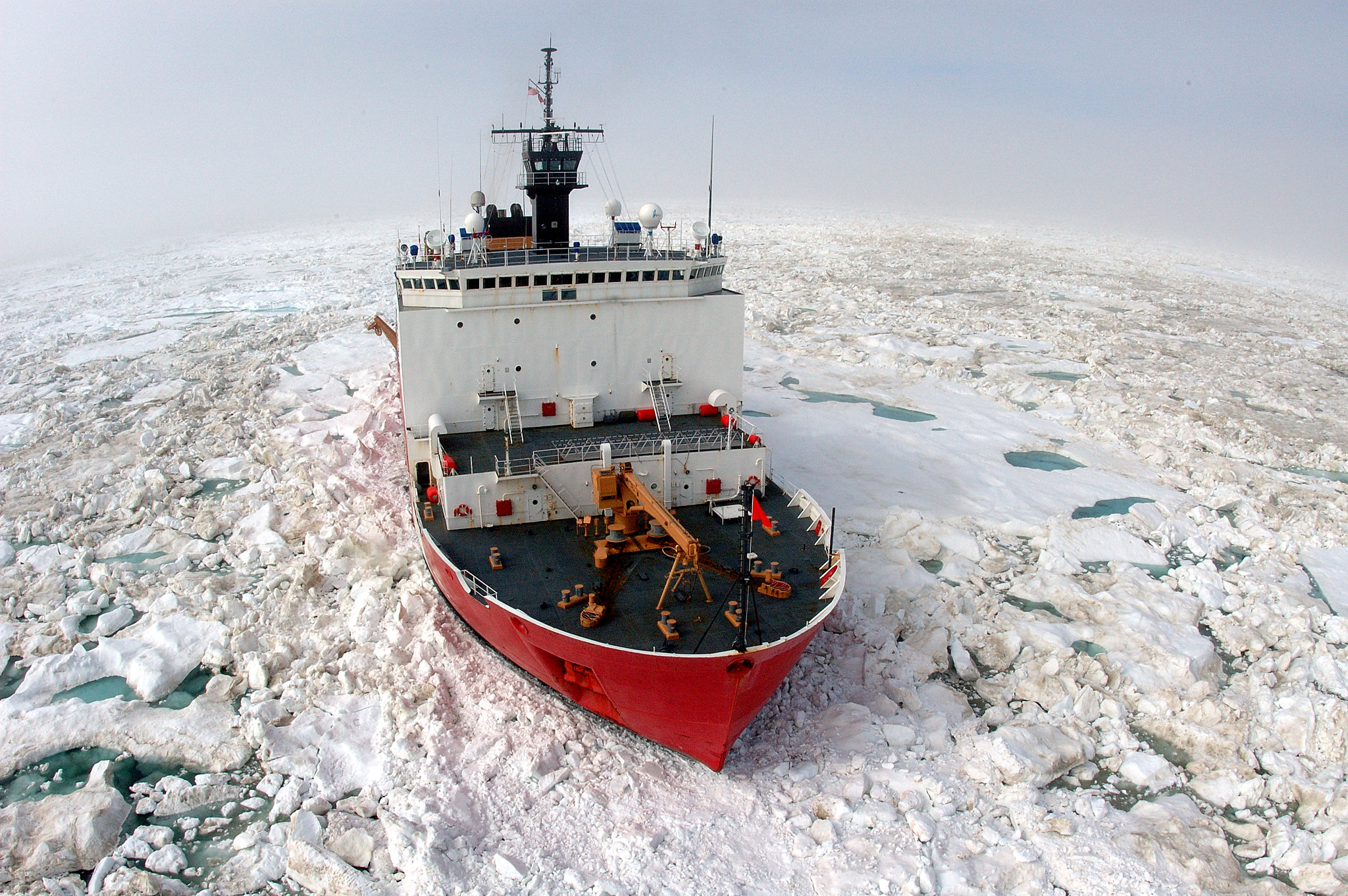US cancels Arctic operation after an engine fire aboard the icebreaker Healy
The incident illustrates the United States' limited icebreaking capacity.

The U.S. Coast Guard has canceled an Arctic patrol mission after the icebreaker USCGC Healy experienced an engine room fire.
The medium-duty research icebreaker suffered an electrical fire last week disabling its starboard propulsion motor and shaft, the Coast Guard said in a statement, forcing the ship to cancel its Arctic mission and return to its homeport in Seattle for repairs.
The Healy, the younger of the two operational Coast Guard icebreakers, was en route to the Bering Strait in the American Arctic for a 26-day patrol dubbed “Operational Arctic Shield.” The vessel had reached waters in Southcentral Alaska near Seward, south of Anchorage on August 18, when the fire broke out.
The crew was able to quickly contain the fire and extinguished the fire, the Coast Guard said. The incident, however, lays open how limited U.S. resources in the Arctic are. In contrast to Russia’s extensive fleet of nuclear and conventional icebreakers, the U.S. is relying on just two vessels: the vintage 44-year old Polar Star and the 21-year old Healy.
While the U.S. is trying to reinforce its Arctic assets and has ordered new icebreakers, the first of which is to begin construction next year, it will be at least another 5 years before new vessels will enter into service.
“This casualty…means that the United States is limited in icebreaking capability until the Healy can be repaired, and it highlights the nation’s critical need for Polar Security Cutters,” said Vice Adm. Linda Fagan, the Coast Guard’s Pacific Area commander.
This is not the first time that a U.S. Coast Guard icebreaker has suffered from fire aboard.
Just last year a fire erupted aboard the USCG’s other icebreaker, the Polar Star, en route to Antarctica requiring lengthy repairs of the electrical systems.
At the time Fagan said: “It’s always a serious matter whenever a shipboard fire breaks out at sea, and it’s even more concerning when that ship is in one of the most remote places on Earth.”
Rush to replace aging icebreakers
This latest incident also highlights how U.S. Arctic rhetoric and capabilities diverge. Just last month President Donald Trump boasted, incorrectly, how the U.S. has the world’s largest icebreaker under construction and was looking to build 10 new vessels, including nuclear icebreakers. In reality, the country is relying on two aging vessels with no replacements until at least the second half of this decade.
Last year the Coast Guard awarded VT Halter Marine Inc., a shipbuilder on the Gulf Coast of Mississippi, a contract for the design and construction of the new heavy icebreaker, also known as a polar security cutter. The contract is valued at $745.9 million and covers the design, engineering, and construction costs of the first of what the Coast Guard hopes will become a fleet of six new icebreakers. The Coast Guard has requested additional funding for the second vessel as part of the 2021 budget, which is awaiting approval by the U.S. Congress.
Furthermore, the initially approved design, based on the German Polarstern II specifications, now faces a host of modifications as the Trump administration has asked for a review of the plans including requests to add more powerful armament to the vessels. A U.S. government watchdog agency already warned that modifications to the approved design could result in costly and lengthy delays to the project.